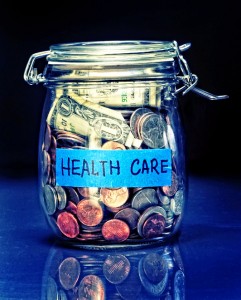Affordable Care Act upheld by the Supreme Court – What happens now?
 On June 28, 2012 the Supreme Court of the United States (SCOTUS) rendered an unprecedented decision to uphold the Obama Administrations Patient Protection and Affordable Care Act (ACA). Not since FDR. and the New Deal have we seen such a major sociopolitical move for the United States.
On June 28, 2012 the Supreme Court of the United States (SCOTUS) rendered an unprecedented decision to uphold the Obama Administrations Patient Protection and Affordable Care Act (ACA). Not since FDR. and the New Deal have we seen such a major sociopolitical move for the United States.
In the narrow 5-4 decision it was decided that the mandate for each citizen to have health insurance or pay a penalty was constitutional and within Congressional scope, if defined as a “tax.” Further it would become the responsibility of the Internal Revenue Service to collect such tax and penalty. In addition, the ruling did provide relief for states that do not want (or cannot afford) to participate in the mandate without the severe penalties provisioned by the original Obama Care plan. There is still a great deal to be sorted out on the implementation side, but in the end the goal is to provide access to healthcare for all in the USA.
Although healthcare reform will affect everybody in the U.S. in some way, shape or form, there is a provision for a device tax of 2.3% that could have a big impact on the interconnect food-chain where I live. The House voted to repeal the provision but volley-for-serve; it will likely ride the inertia of the SCOTUS decision in the Senate and become law.
Theoretically, the tax is quid pro quo whereas the market size will grow with more enrollees to offset the tax. However AdvaMed, the Washington DC lobby group indicates the result will be less R&D spending and reduced payrolls. It also cites the impact on U.S. device manufacturing as compared to countries without the tax.
The SCOTUS decision has set the direction, but what is the short-term and long-term impact? How will these landmark decisions in social care affect the medical device and equipment manufacturers ( and, by proxy, suppliers)? Will the device tax provoke the device manufacturers to make headcount cuts to pay for the increased tax? Is the healthcare system robust enough to take on 32 million new subscribers?
It is clear as mud….